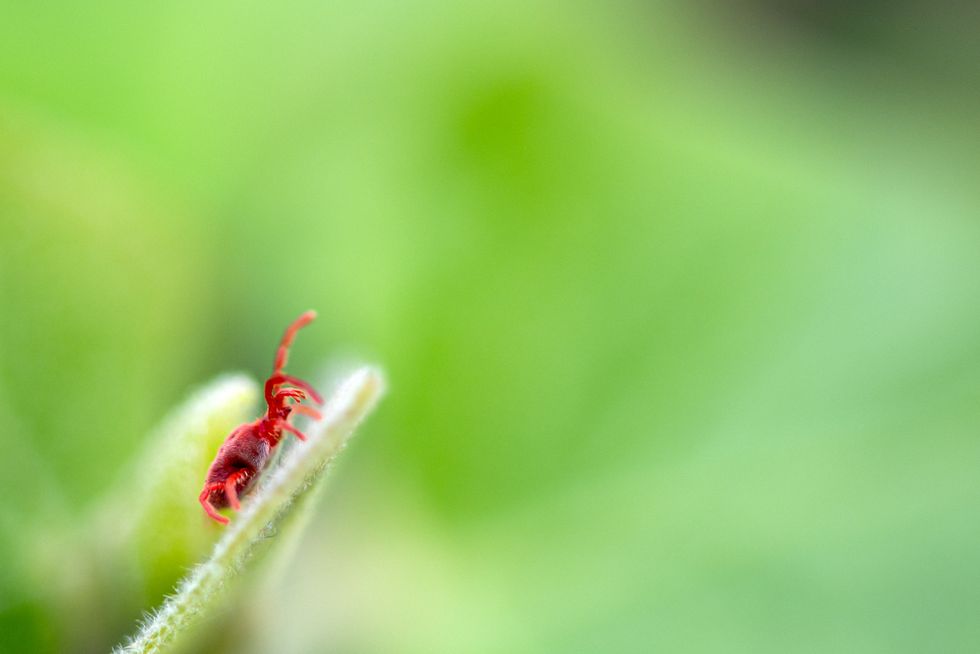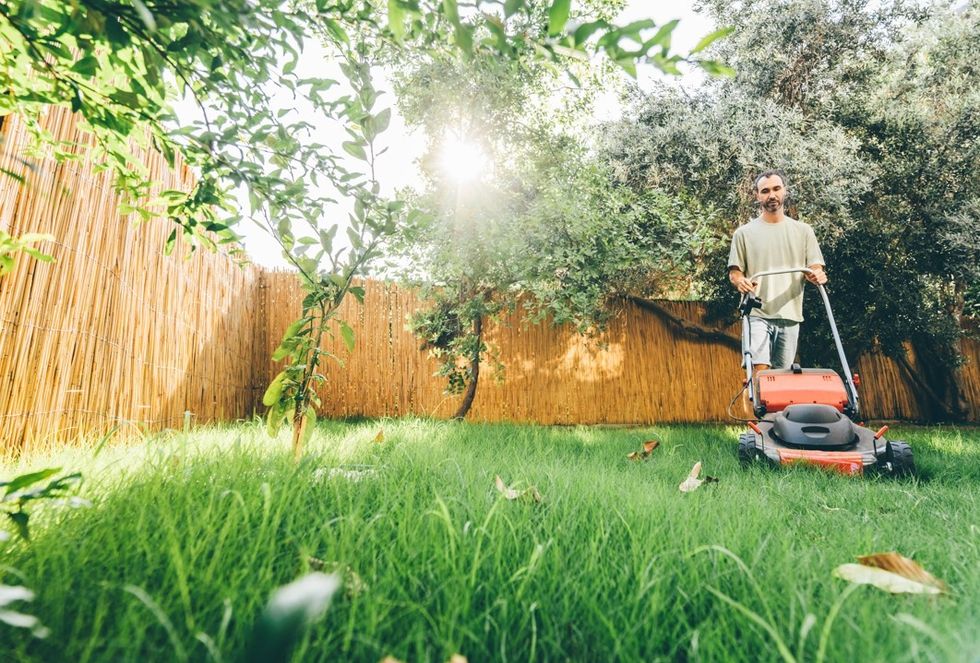How to banish clover mites from your garden and home - 'keeps them from feasting on your grass and plants'
Royal Horticultural Society shares gardening advice
|RHS

All kinds of pests begin to appear in gardens and homes during the warmer months
Don't Miss
Most Read
Latest
Those tiny red critters scuttling around garden furniture are clover mites, and they "reproduce very rapidly" during spring and summer months, gardeners have been warned.
Gardening expert James Ewens of Green Feathers said: "Those minuscule red bugs are clover mites (bryobia praetiosa), and are actually a type of arachnid."
The microscopic creatures "measure about 0.75 millimetres - smaller than a pinhead and barely visible to the naked eye". Younger mites display "their bright red hue" whilst "adult mites are typically reddish-brown, or a darker brown colour".
Despite their diminutive size, these arachnids pose a genuine threat to garden health. So, how can you get rid of them and stop an invasion this year?
Ironically, well-maintained gardens can attract these pests, so put them off by keeping grass around three to four inches long.
"Over-fertilising your lawn with nitrogen is also a potential attractor for clover mites; it promotes fast-growing, lush grass that provides an abundant sap source and shelter," James warned. "It's ironic, you want a thriving lawn and thriving plants, but this attracts these harmful tiny critters."
Clover mites emerge "in early spring when temperatures start to warm up" as they complete their seasonal lifecycle.
The mites spend their egg stage in dry and protected places, such as logs, building walls and pavement cracks, and hatch in the spring and their reproduction rate proves particularly concerning for gardeners.
"One mite can lay up to 70 eggs, and they reach maturity in just 30 days," creating rapid population growth during warmer months.

Clover mites can cause havoc in your garden and home
|GETTY
Effective treatment requires targeted action when clover mite populations become problematic. James advised: "If you're dealing with clover mites in your garden, the most effective solution is to use an outdoor insecticide specifically formulated to target mites."
Proper application proves crucial for successful treatment, so "be sure to follow the instructions on the label carefully, only applying the insecticide to the areas where there's an infestation".
The treatment process requires persistence due to the mites' lifecycle patterns. "It's important to repeat the treatment as needed, particularly when more clover mites emerge in late summer or autumn," James added.
"This proactive approach will help keep your garden mite-free and stop them feasting on your grass and plants in their hundreds."

Keep your grass around 3 to 4 inches long
| GETTYThe best prevention strategies mean creating unfavourable conditions for clover mites through careful garden management. "To deter them, keep the grass at about three to four inches long to allow for strong root growth," the gardening pro recommended.
Strategic plant placement proves essential for home protection.
James said: "Avoid planting trees and shrubs close to your house, as clover mites will use the branches to crawl onto any nearby structure in droves. Follow the rule of planting at least half the distance of the plant's mature size away from the building.
"It's also recommended to have a strip of at least three feet around the foundations of your house that's kept plant and grass-free."
Certain plants naturally repel clover mites. "They will tend to stay away from marigolds, petunias, roses, and salvia, offering gardeners natural deterrent options.
Clover mites cause significant plant damage through their feeding behaviour, targeting the vital fluids that keep vegetation healthy. "They feed on leaves or grass by sucking out the sap, leaving a silver discolouration," James added.
The initial damage may appear minor, but prolonged infestations create more serious problems. "If infestations are left unchecked, the leaves may yellow and eventually fall off," he warned.
While clover mites "don't kill the plants" outright, their collective impact proves substantial.
They seem small and harmless, and largely, they are, but an infestation of clover mites in your garden can be the culprit for an unhealthy lawn and plants.
The creatures show particular preference for certain vegetation, though "they do prefer clover, hence the name" despite their ability to damage numerous plant species.










